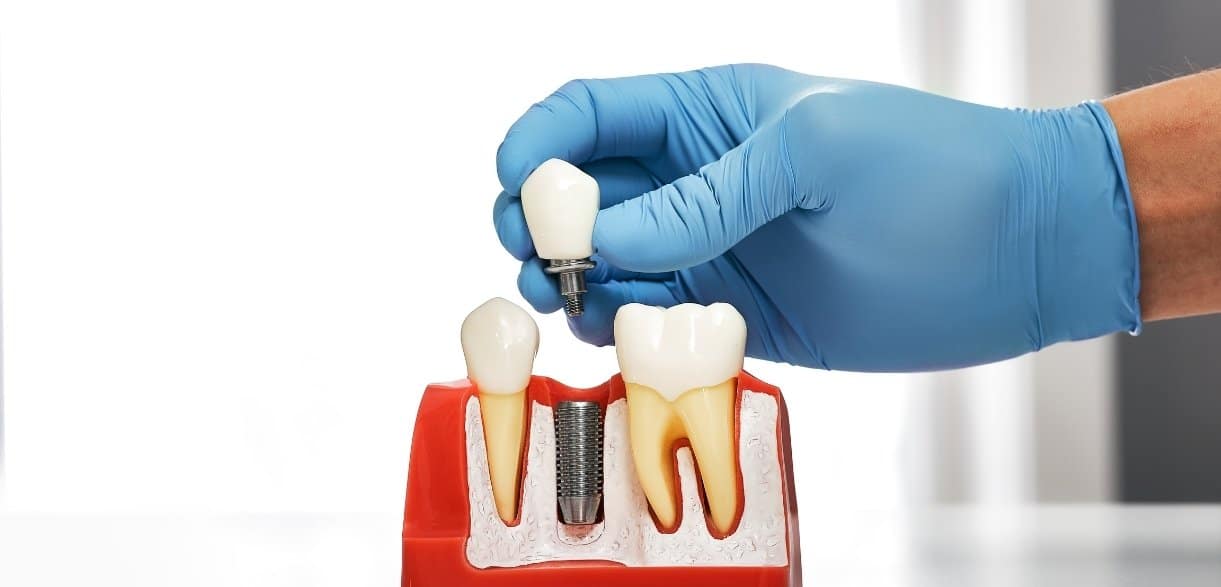
A healthy jawbone is solely responsible for the success of dental implants. Patients wrongly assume implants are for everyone. The truth is that bone loss prevents many individuals from receiving implants without additional procedures. Bone grafting is a sure-shot procedure that regenerates lost bone tissue. Dentists often recommend it before implants to render them stable and successful.
This blog explains when grafting is necessary, the types available, the treatment procedure, and recovery expectations. Readers will gain useful information before starting their implant journey.
Why Jawbone Health is Necessary for Dental Implants
The jawbone acts as a platform for dental implants and supports them. Bone loss is caused by missing teeth, gum disease, or trauma. Aging also leads to natural bone loss with time. Implants cannot be successfully integrated without good bone density. Individuals can develop complications if implants lack a good foundation of bone to support them.
Good jawbone structure prevents implant failure and ensures long-term results. Maintaining bone density preserves chewing ability and facial structure. This highlights why bone health must be prioritized before dental implants in Miami Gardens.
When Is Bone Grafting Necessary?
Bone grafting becomes essential when patients face severe jawbone loss. Missing teeth cause significant bone resorption over time. Periodontal disease often destroys gum tissue and supporting bone. Trauma or injury also weakens the bone and creates implant challenges.
Some individuals naturally lack sufficient bone for implant stability. Dentists evaluate the bone health through X-rays and advanced 3D scans. These scans identify specific areas requiring grafting before implant surgery.
Detailed evaluation ensures grafting supports bone density for successful implants. Bone grafting successfully restores lost foundation.
Types of Bone Grafts for Dental Implants
Dentists offer a range of grafting options depending on individual needs. Autografts use the patient’s own bone, with maximum compatibility. Allografts come from human donors, who are available and safe. Xenografts use animal bone, typically bovine, that’s processed for durability and safety.
Alloplasts are man-made materials designed to mimic bone’s natural structure. Each has benefits and possible limitations based on patient conditions. Dentists prescribe the most suitable graft after evaluating health and implant goals. Grafting allows for implants to be integrated successfully into healthy, dense bone.
What to Expect from a Bone Grafting Procedure
Bone grafting starts with a general evaluation of oral health and jawbone condition. Local anesthesia is administered by dentists to make the patient comfortable during treatment. Graft material is accurately placed in the deficient zone. The graft is secured with stitches and facilitates healing and bone growth.
Procedures are performed in-office in most instances, although complex cases require specialists. Mild soreness or swelling following surgery is normal and is managed with medication. Patients must perform oral hygiene and follow aftercare instructions. Months of healing are normal before implants can be inserted.
Bone grafting improves bone strength for successful implants. Patients who require grafts can be assured of safety. The procedure is standard, very effective, and a common part of most implant procedures.
With healing, implants last for years, restoring function and confidence. Consultation with our specialists gives personalized suggestions and an appropriate evaluation. Bone grafting knowledge readies patients for long-term implant outcomes.
Begin your journey with us to a complete smile by finding out if grafting is necessary. Dental implants typically start with a healthy bone foundation.



